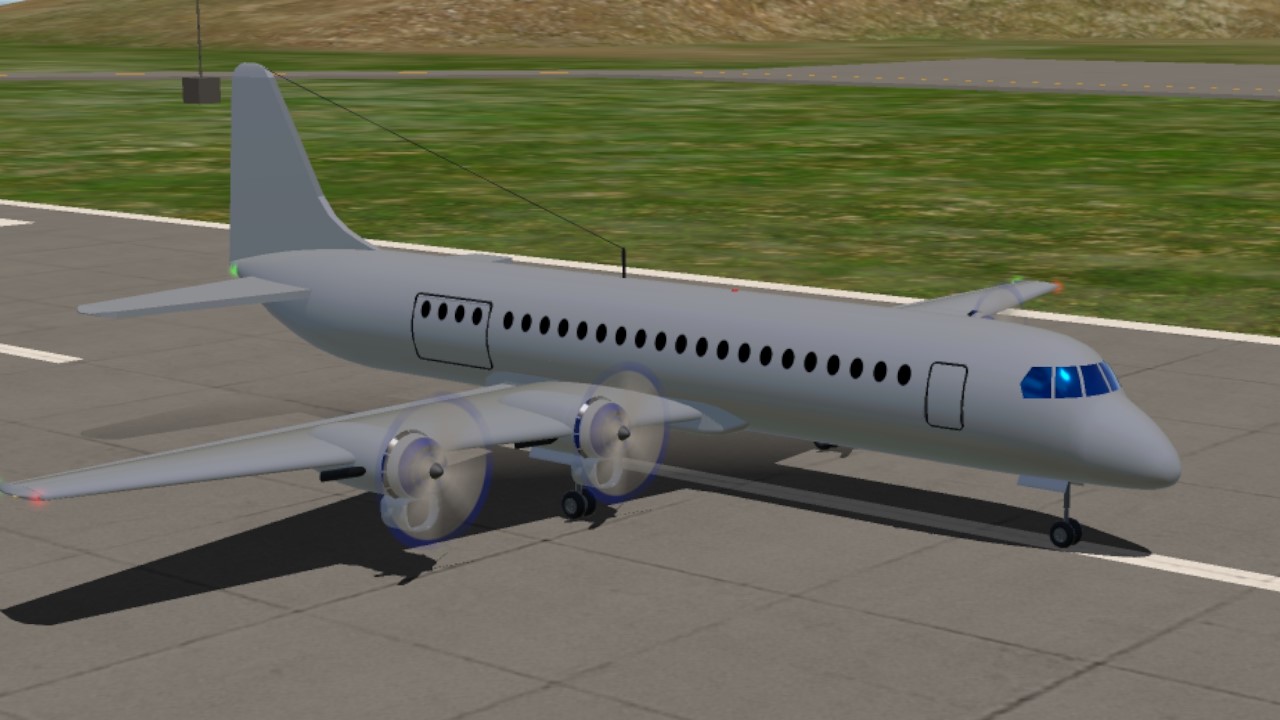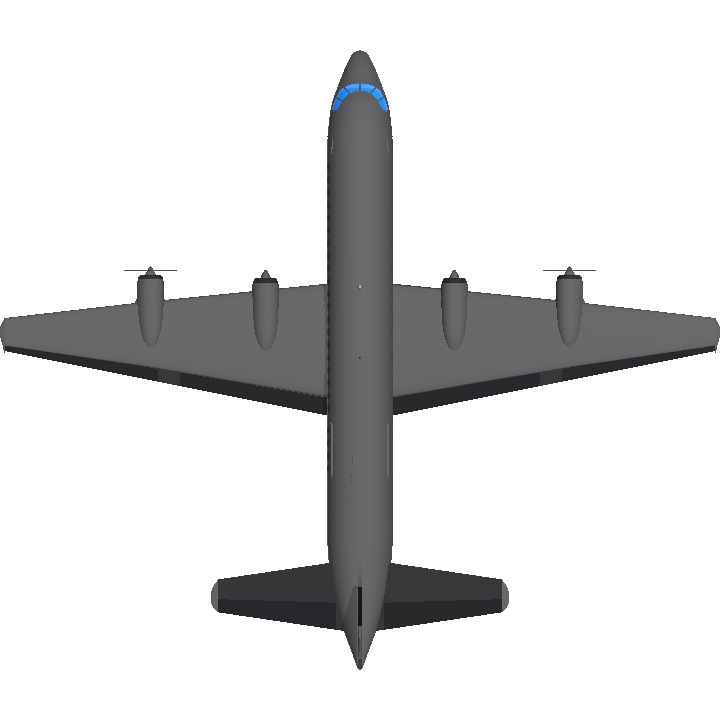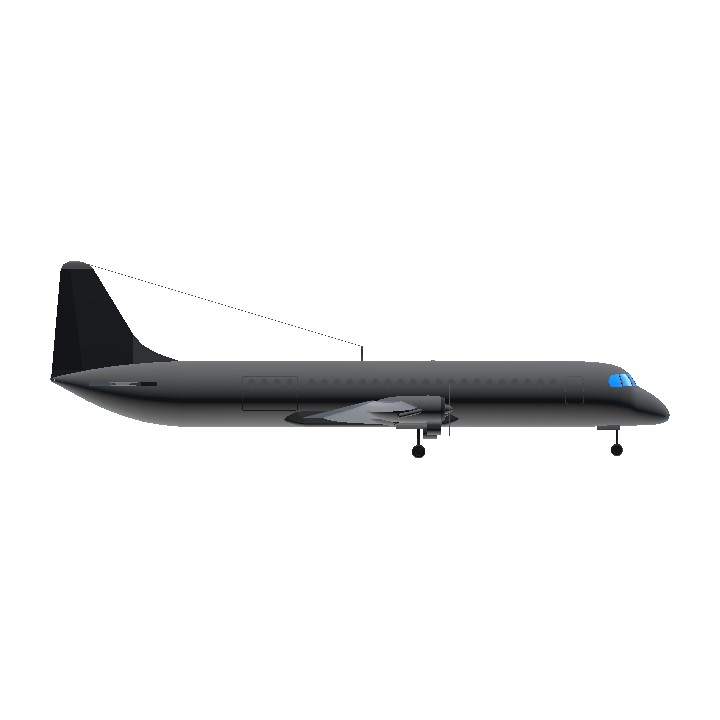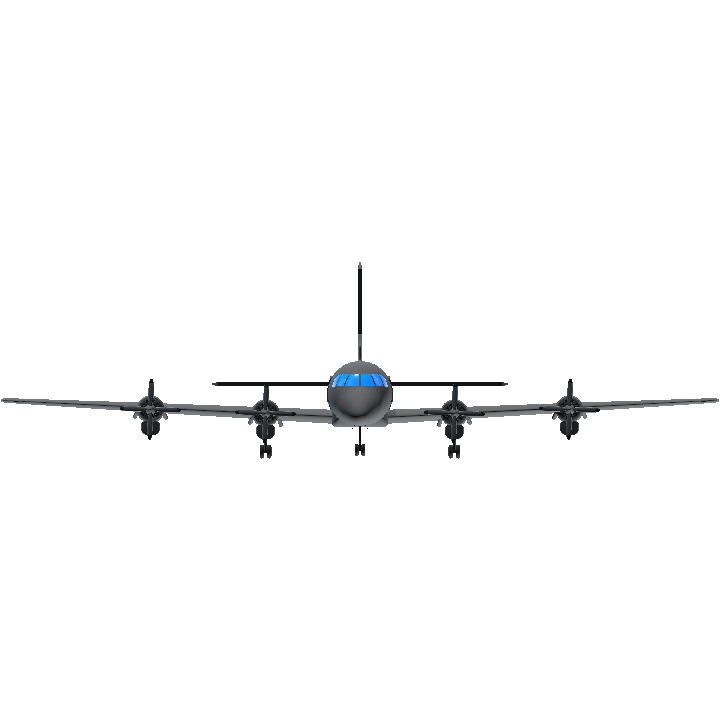Volotok VC-3: The Controversy
Introduced in 1952, the Volotok VC-3 was an ambitious project combining a bomber-grade fuselage with civilian applications. Powered by PETA 500T turbocharged engines delivering 4,750 HP, the VC-3 was designed to be affordable and efficient, making it a favorite for emerging airlines across Latin America, Africa, and Asia. The robust fuselage, capable of withstanding 20mm bullet impacts, reflected its military origins, while its flexible seating capacity of 20 to 90 passengers made it a practical option for various routes. However, despite its initial success, the aircraft became infamous for a series of accidents caused primarily by engine failures.
In 1956, a VC-3 operated by "AeroPatria" experienced dual engine failure shortly after takeoff from Lima International Airport, Peru. The pilot skillfully performed an emergency landing in a nearby field, preventing any fatalities, but the incident highlighted vulnerabilities in the PETA 500T engines, which were prone to overheating in high-altitude conditions. In 1961, an "Air Congo" VC-3 suffered an engine fire during its approach to Kinshasa. The crew managed to extinguish the fire and land safely, but the event raised concerns about the engines' reliability in tropical climates.
The most notable incident occurred in 1963, when an "Amazon Air" VC-3 lost power in two engines while flying over the Amazon rainforest. Thanks to its durable fuselage, the aircraft survived a forced landing in a river, with only minor injuries among the passengers. This incident emphasized the VC-3’s structural resilience but underscored the need for improvements in its propulsion systems.
In response to these issues, Volotok introduced the VC-4 in 1967, featuring the more reliable and powerful PETA 650T2 engines with 4,800 HP. The VC-4 retained the rugged fuselage of its predecessor while delivering improved performance, signaling the end of VC-3 production by 1972. Despite its controversial reputation, the VC-3 is remembered as a pioneering aircraft that played a critical role in expanding civil aviation in regions with challenging infrastructure
Specifications
Spotlights
- ChihiroFujisaki 4 months ago
General Characteristics
- Created On Android
- Wingspan 125.6ft (38.3m)
- Length 108.0ft (32.9m)
- Height 34.4ft (10.5m)
- Empty Weight 46,302lbs (21,002kg)
- Loaded Weight 109,077lbs (49,476kg)
Performance
- Horse Power/Weight Ratio 0.174
- Wing Loading 47.8lbs/ft2 (233.6kg/m2)
- Wing Area 2,279.9ft2 (211.8m2)
- Drag Points 32832
Parts
- Number of Parts 205
- Control Surfaces 7
- Performance Cost 877





This propliner here feels very retro there. ;)